|
November 17 has been designated as National Take a Hike Day. It's a great time to head to your favorite trail or explore a new one. Western Iowa has many great places to hike. Golden Hills has several resources with information about parks and trails for hiking, including:
This blog post about places to hike in the Loess Hills Missouri River Region of Harrison, Pottawattamie & Mills Counties. This post about parks and trails along Western Skies Scenic Byway in Harrison, Shelby, Audubon and Guthrie counties. Golden Hills maintains the Loess Hills Hiking Guide, which includes information about all the Loess Hills counties (Plymouth, Woodbury, Monona, Harrison, Pottawattamie, Mills, & Fremont). Where are you hiking today?
0 Comments
November is recognized across the U.S. as Native American Heritage Month. "America is a vast land of many cultures dating back thousands of years to the original inhabitants of the land. History, heritage, or culture of Native Americans, Alaska Natives, and Native Hawaiians are part of every national park and communities across the country today. Every November during Native American Heritage Month and throughout the year, the National Park Service and our partners share history and the continuing culture of America's indigenous peoples." The area of western Iowa where Golden Hills works includes ancestral lands of the Jiwere (Otoe), Báxoje Máyaⁿ (Ioway), Očhéthi Šakówiŋ; Umoⁿhoⁿ tóⁿde ukʰéthiⁿ (Omaha), Washtáge Moⁿzháⁿ (Kaw/Kansa), and Yankton peoples. Many place names in the region, including Pottawattamie, Missouri, Mondamin, Neola, Nishnabotna, Nodaway, Sioux, and Waubonsie, come from native languages. Later on, the Potawatomi were forced out of the Great Lakes region to the western Iowa area before again being forced farther south and west. European colonizers led the forced removal and genocide of native peoples across the continent, including here in Iowa. Still, more than 16,000 indigenous people call what is now the state of Iowa (a native word for the Ioway tribe) their home. Find out which tribes lived in your area with this map: Many foods, medicines, and other products, and even the the political system we call federalism, originated with indigenous people. Learn more about these contributions. While many people think of native people living off the land without impacting it, they actually managed and stewarded the land sustainably for thousands of years. Native people grew crops, hunted animals, built homes, made tools, clothing, and supplies, and started regular fires that helped prairie and savanna ecosystems thrive. Because indigenous peoples here before colonization did not have written language, most of what we know about them comes from archaeological research and early Europeans' writings. In southwest Iowa, much research has been dedicated to the Glenwood Culture, centered around the confluence of the Platte and Missouri rivers south of Omaha (a native word meaning "upstream"). Some interesting local Native American history is that the Iowa Burials Protection Act of 1976 and the Native American Graves Protection and Repatriation Act, a federal law passed in 1990, were spurred by human remains found in the Glenwood area during construction work on Highway 34 through the Loess Hills. Golden Hills helped develop The Immense Journey: Loess Hills Cultural Resources Study, which is available for free download. Today, the Meskwaki Nation is the only indigenous settlement in the state but small slivers of the Omaha and Winnebago reservations in Nebraska extend across the Missouri River into Iowa. These sites offer opportunities to learn about the tribes' cultures through events such as powwows. Although the land and people have changed drastically in the last two centuries, contemporary Iowans owe much to the native peoples who lived here first and should recognize that indigenous people do still live here. Visit the Bureau of Indian Affairs website to learn more about how to celebrate Native American Heritage Month. Additionally, many states including Iowa recognize Indigenous People's Day in October. Learn more
University of Iowa Press also has several books available to purchase online, including:
The Office of the State Archaeologist has more information about Iowa's native peoples on their website. National Bison Day, held annually the first Saturday of November, is a "commemoration of the ecological, cultural, historical and economic contribution of a national icon, the American bison." According to the National Bison Association: "The bison, North America’s largest land mammal, have an important role in America’s history, culture and economy. Before being nearly wiped from existence by westward expansion, bison roamed across most of North America. The species is acknowledged as the first American conservation success story, having been brought back from the brink of extinction by a concerted effort of ranchers, conservationists and politicians to save the species in the early 20th century. In 1907, President Teddy Roosevelt and the American Bison Society began this effort by shipping 15 animals by train from the Bronx Zoo to Oklahoma’s Wichita Mountains Wildlife Refuge. Many Native American tribes revere bison as a sacred and spiritual symbol of their heritage and maintain private bison herds on tribal lands throughout the West. Bison now exist in all 50 states in public and private herds, providing recreation opportunities for wildlife viewers in zoos, refuges and parks and sustaining the multimillion dollar bison ranching and production business." While National Parks in the mountain west are typically thought of, bison were once abundant across Iowa. No wild populations remain, but several public and private landowners in the state have bison today. One great way to celebrate National Bison Day is to visit one of several places in western Iowa with public viewing of bison. Botna Bend Park This park is owned and managed by Pottawattamie Conservation and is located in the town of Hancock in eastern Pottawattamie County. It is located within the the Loess Hills Missouri River Region and along the West Nish Water Trail. The park includes bison and elk herds that can be easily viewed from the road. The park has a $3 entrance fee unless you have a Pottawattamie county parks annual pass. Botna Bend even has two white bison, which are extremely rare: Broken Kettle Grassland The Nature Conservancy in Iowa owns the largest remnant prairie in the state in Plymouth County along the northern end of the Loess Hills National Scenic Byway, and includes a herd of bison. Because they have a relatively large area to roam, you may not be able to get close. But drive Butcher Road and you may see them in the distance. Prairie Heritage Center O'Brien County Conservation Board's Prairie Heritage Center, along Glacial Trail Scenic Byway, has a small herd of bison. Swan Lake State Park Located in Carroll County, this park is managed by Carroll County Conservation Board and has a small bison herd. Whiterock Conservancy This 5,500-acre land trust is a short drive from Western Skies Scenic Byway in Guthrie County. Whiterock is open to public visitation and includes dozens of miles of hiking, mountain biking, equestrian trails, camping, paddling, fishing, and much more. Golden Hills partnered with Raygun to create a WanderLoess bison shirt to support our Loess Hills conservation work.
|
Archives
June 2024
Categories
All
|
Address712 South Highway Street
P.O. Box 189 Oakland, IA 51560 |
ContactPhone: 712-482-3029
General inquiries: [email protected] Visit our Staff Page for email addresses and office hours. |
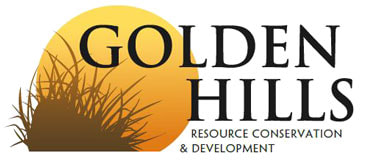
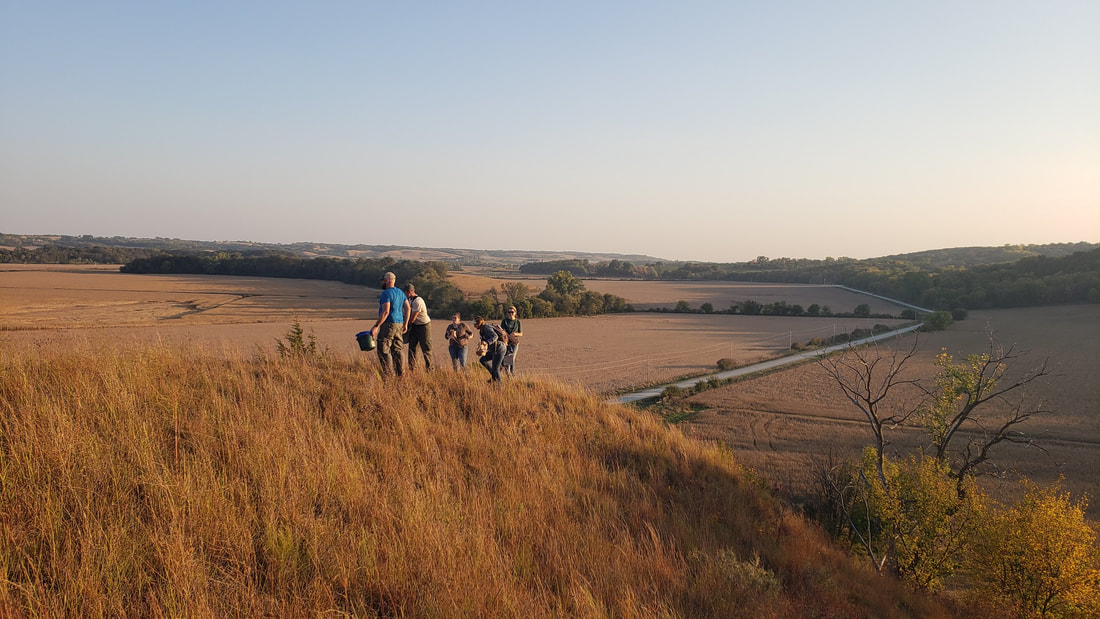
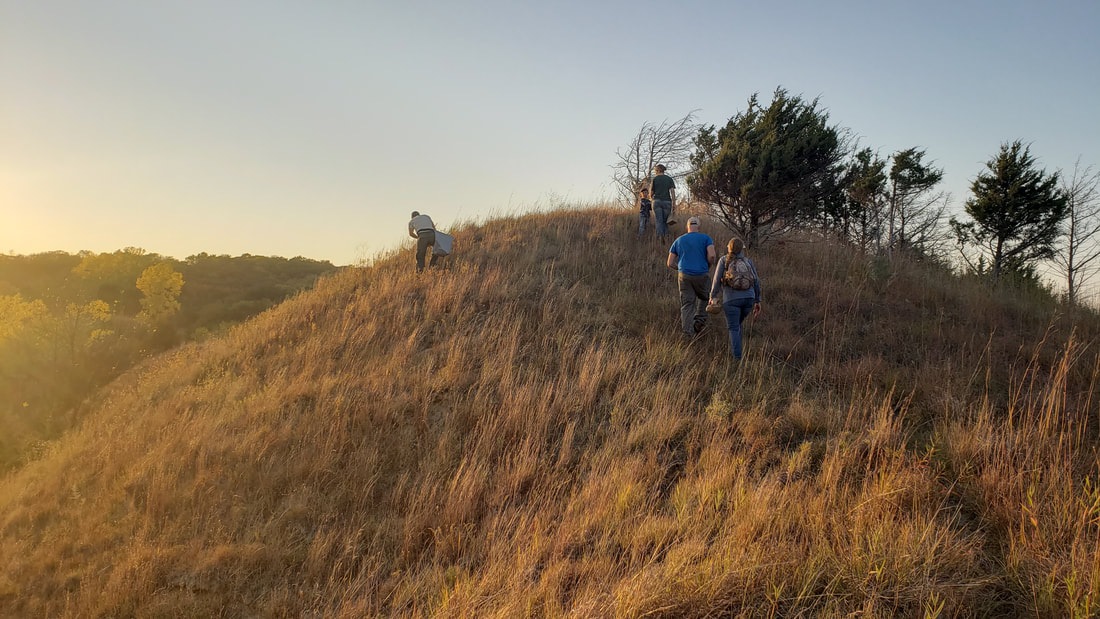
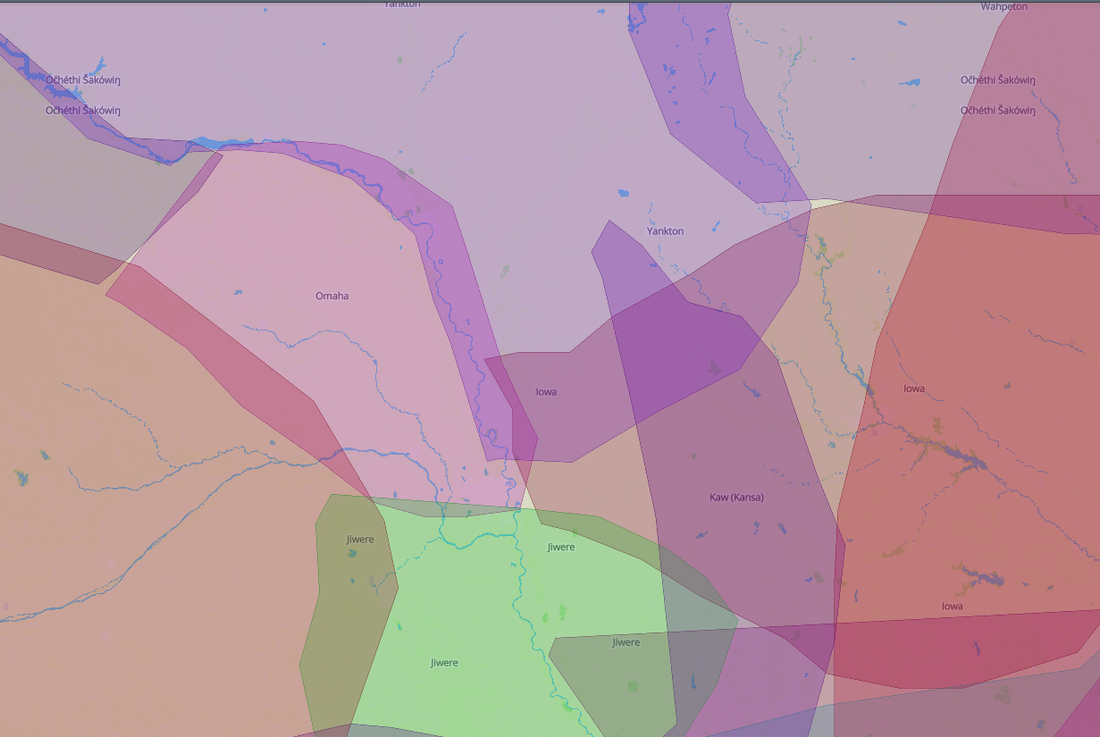
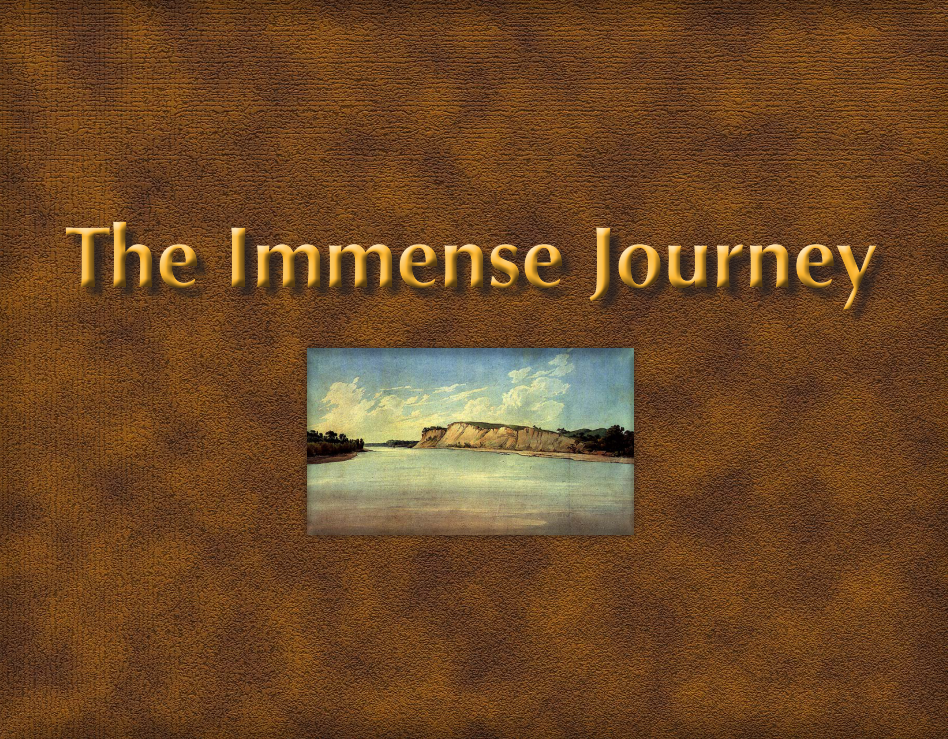
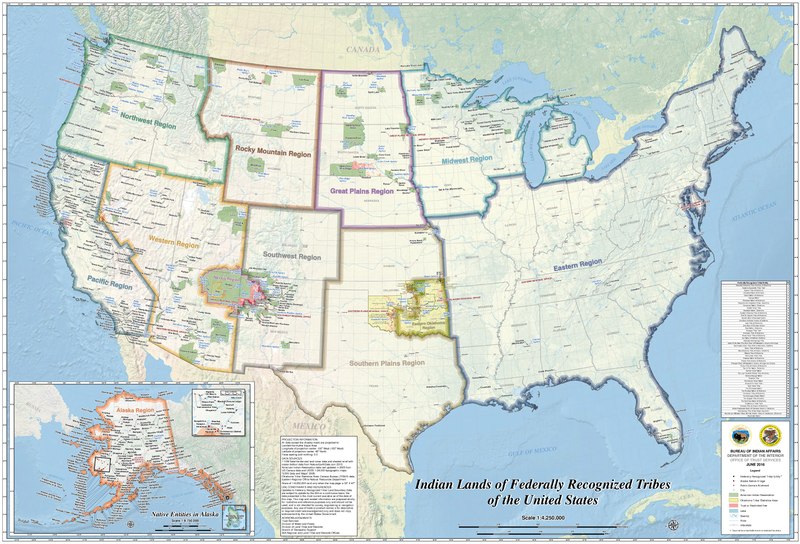
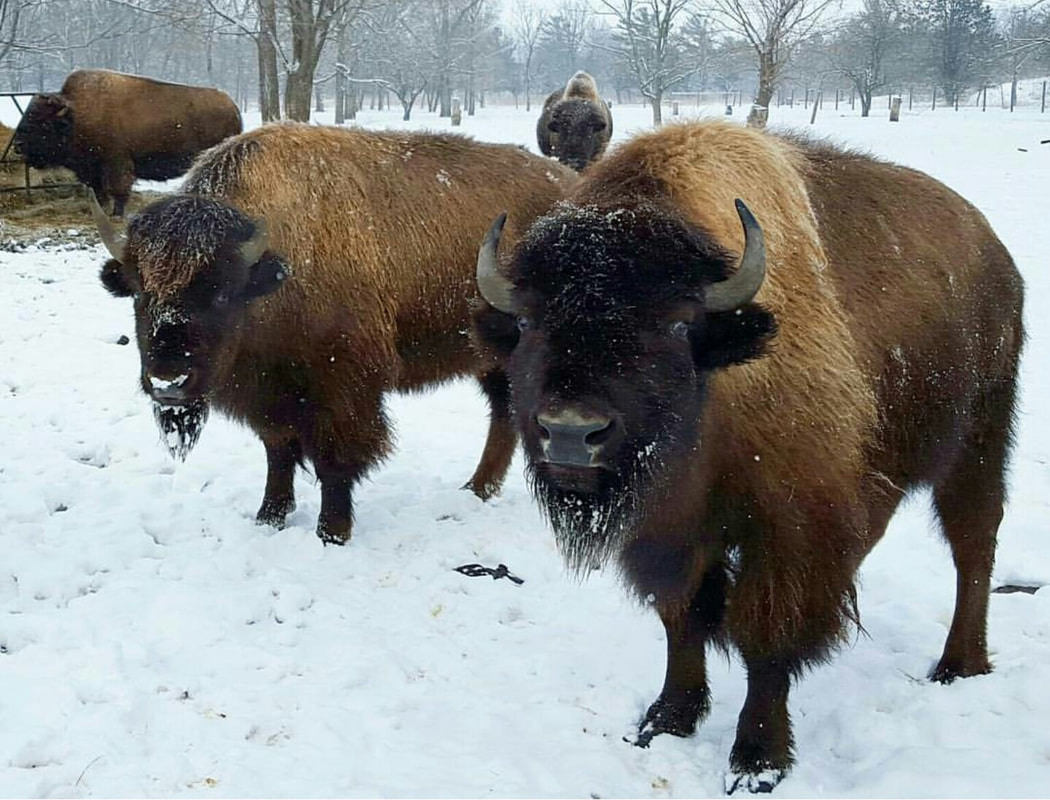
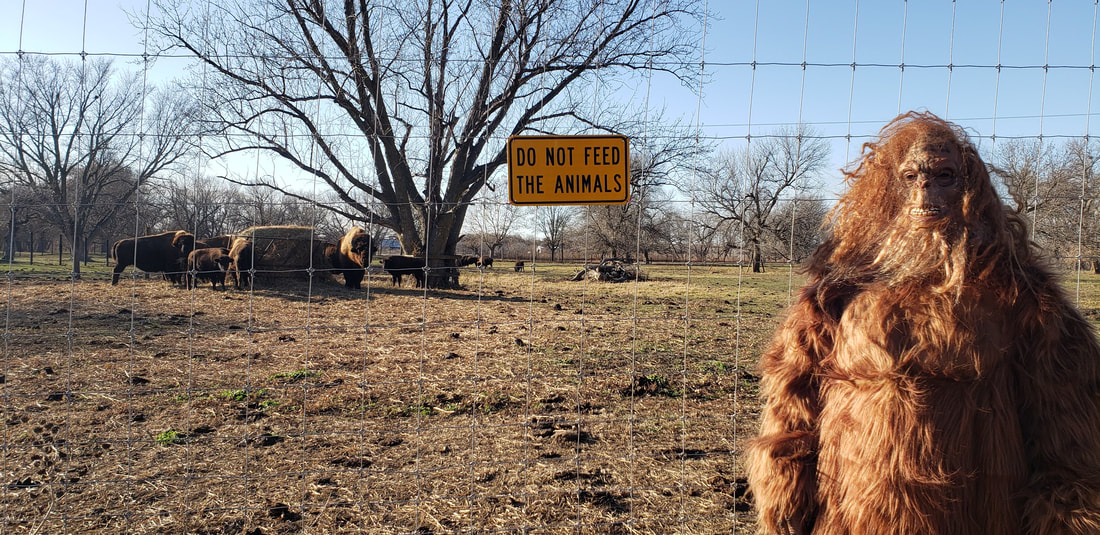
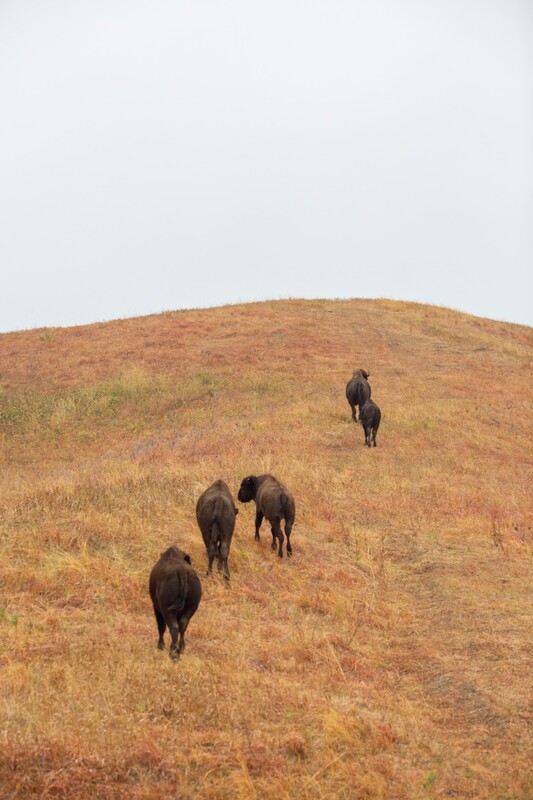
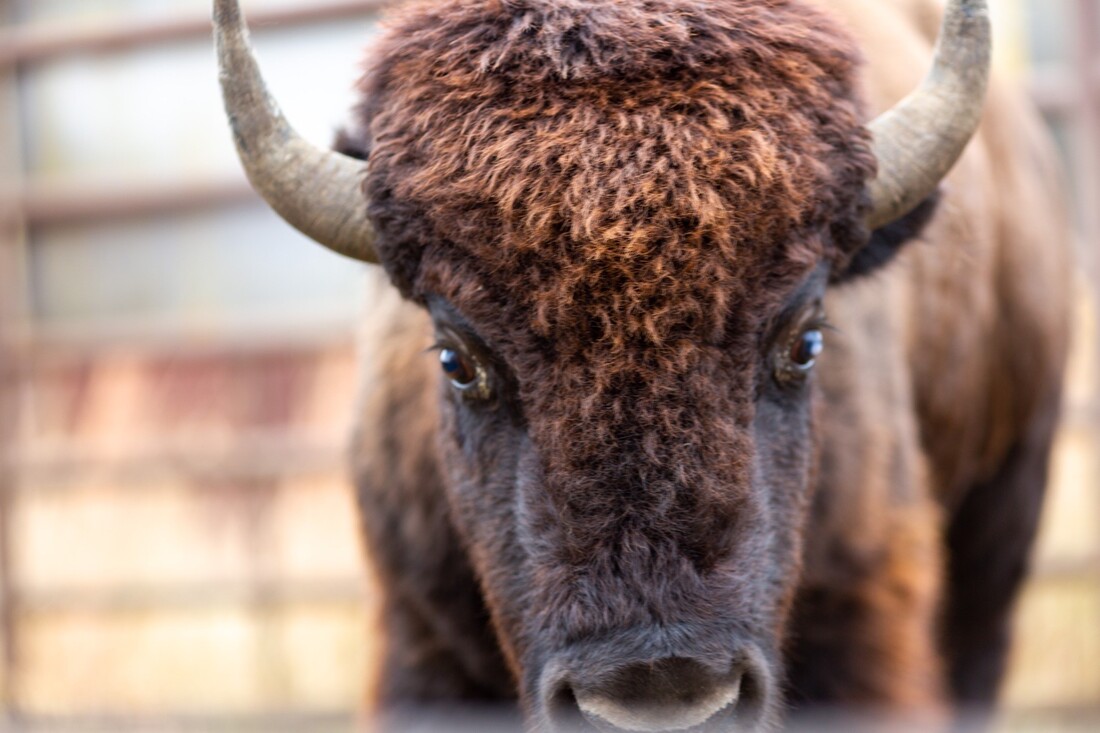
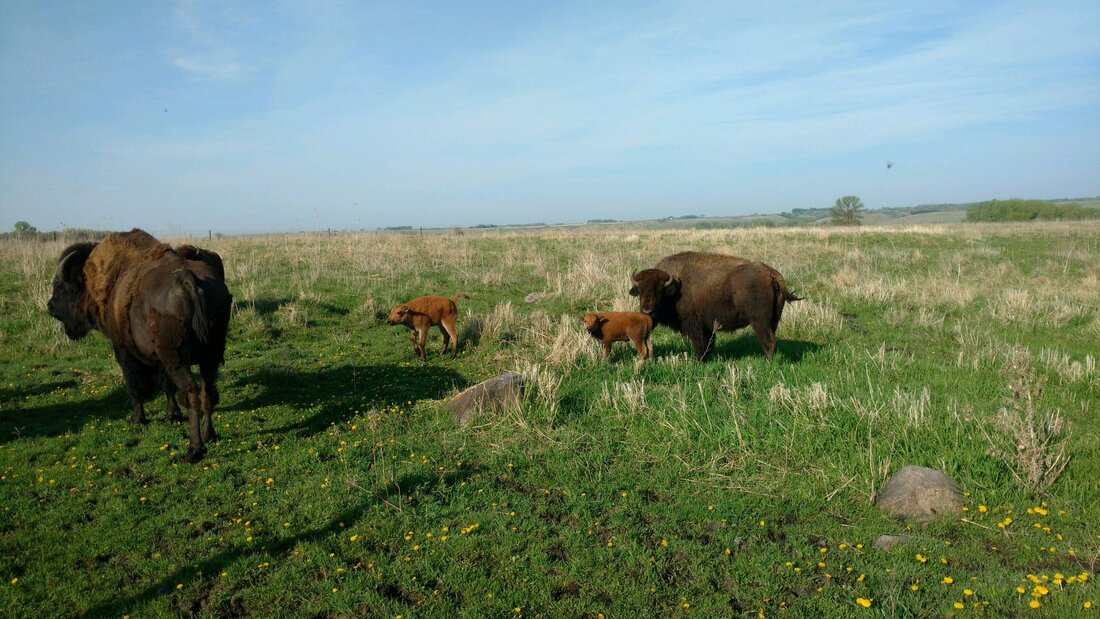
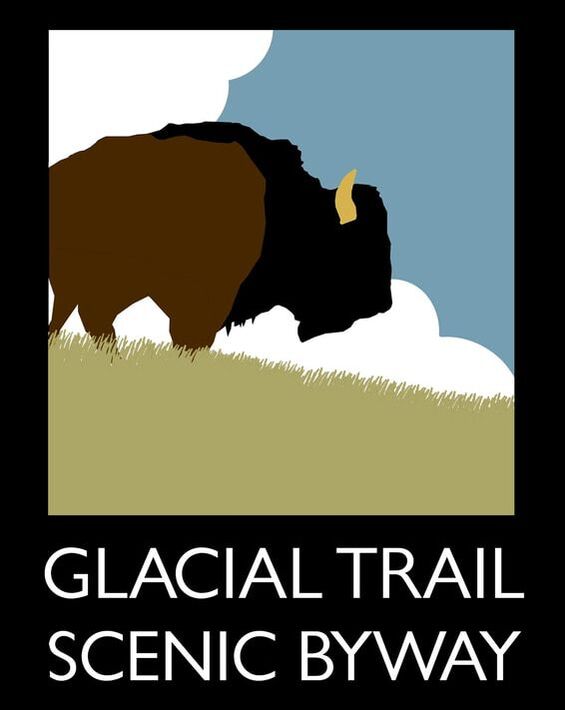
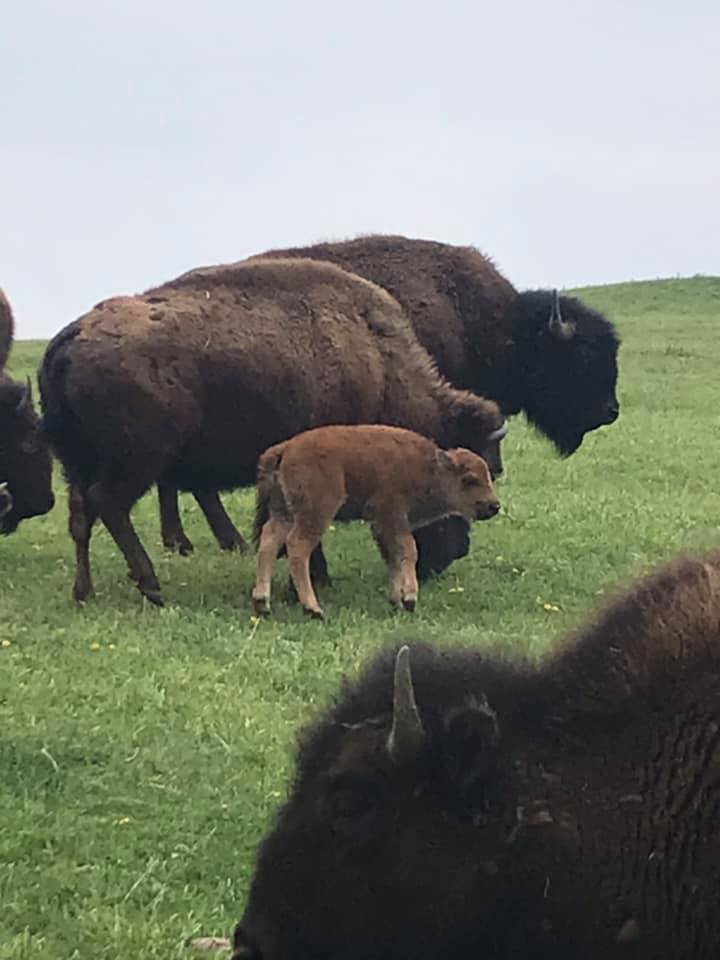
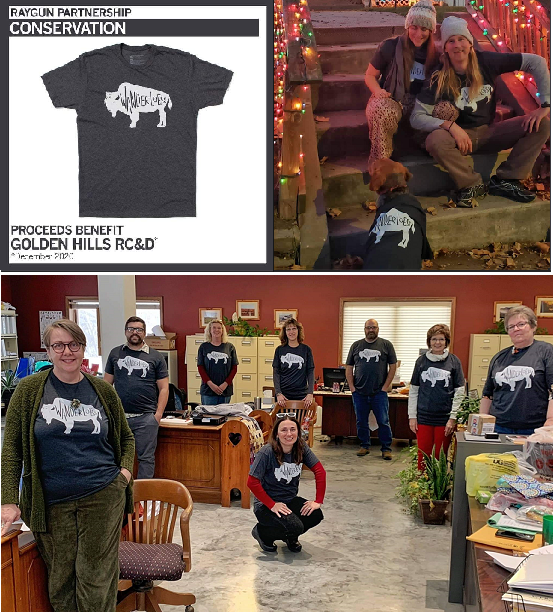
 RSS Feed
RSS Feed